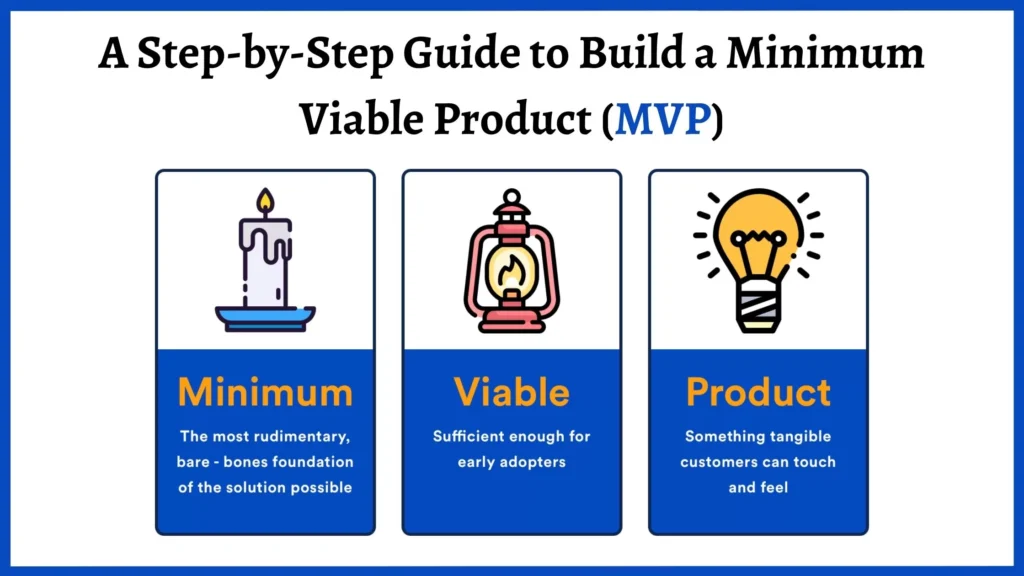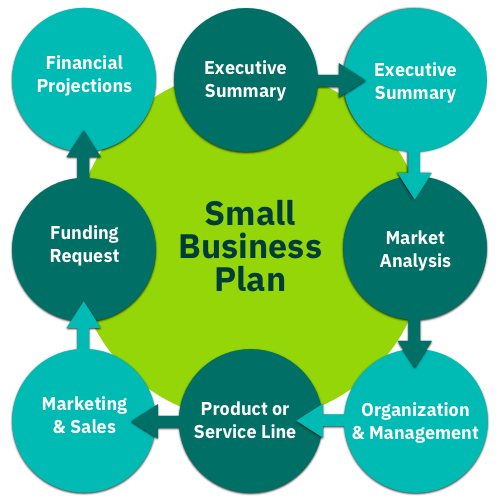Raising seed funding is a critical milestone for startups in today’s competitive landscape. This initial investment round often gives startups the capital to move from an idea to a viable product or service. However, navigating the seed fundraising process can be complex. It demands a compelling business model and strategy to attract investors, articulate the company’s vision, and showcase its growth potential. This comprehensive guide will cover each aspect of seed fundraising, empowering you with the insights to secure the funding you need to bring your startup to life.
What Is Seed Fundraising?

Seed fundraising is typically the first official round of capital a startup raises. Unlike Series A, B, or C rounds, which are growth-focused, seed funding supports startups in their initial stages. This funding can be used for various operational needs, such as developing a minimum viable product (MVP), conducting market research, hiring a small team, or initiating marketing efforts.
Why Seed Funding Matters
Without sufficient funding, even the best ideas can struggle to gain traction. Seed funding provides essential resources for:
- You validate your product-market fit by refining your offering based on user feedback.
- We are building a small, focused team to lay the groundwork for business operations.
- Creating an MVP to attract early customers and demonstrate value.
Critical Steps to Successfully Raise Seed Funding
A systematic and well-thought-out approach is crucial to securing seed funding. Below, we outline each step in the process and provide actionable tips to maximise your chances of success.
1. Develop a Clear and Compelling Vision

Investors need to understand what drives your startup and why it has potential. A well-defined vision statement that showcases your long-term aspirations will resonate with investors looking to back startups with high growth potential.
- Articulate your mission clearly and show how your startup addresses a specific pain point.
- Highlight your product or service’s broader impact on its target audience.
- Show alignment with market trends to emphasise the scalability and relevance of your idea.
2. Conduct Thorough Market Research
Understanding your target market and its dynamics is essential. Detailed market research demonstrates that you know your industry and can identify the opportunity your startup aims to seize.
- Define your target customer segments, detailing their needs, preferences, and pain points.
- Analyse competitors to highlight the unique aspects of your offering and identify any gaps your startup fills.
- Forecast the market growth potential to assure investors your startup has room to expand.
3. Build a Prototype or Minimum Viable Product (MVP)

An MVP gives investors something tangible to assess. It demonstrates your ability to execute and provides an early version of your solution that addresses the core problem.
- Prioritise essential features that showcase your product’s core functionality.
- Gather user feedback on the MVP to identify areas for improvement.
- Iterate and refine your MVP, showing investors a commitment to adaptability and product evolution.
4. Assemble a Strong Team
Investors often invest in teams as much as in ideas. A team with complementary skills signals competence and dedication, reassuring investors that your startup is in capable hands.
- Highlight key team members’ expertise and experience in relevant fields.
- Emphasise each member’s contributions, whether technical skills, industry knowledge, or strategic insight.
- Add advisors with industry knowledge and credibility to enhance your startup’s appeal.
5. Craft a Detailed Business Plan

A solid business plan gives investors a roadmap for achieving your objectives. It should clearly outline the market opportunity, financial projections, and growth strategy.
- Define critical milestones that will mark your startup’s progress.
- Outline a clear go-to-market strategy, showing how you plan to acquire customers and scale.
- Present realistic financial projections with transparent assumptions to help investors understand your funding needs and revenue potential.
Approaching Investors: How to Find and Attract Seed Investors
Now that you have the foundation, it’s time to connect with potential investors. The seed fundraising ecosystem is diverse, and choosing the right investors can make a significant difference. Here’s how to get started.
1. Target the Right Investors

Researching investors who have a track record of investing in startups at the seed stage is essential. Different investors focus on various sectors, stages, and business models, so targeting those aligned with your startup increases your chances of success.
- Identify investors with relevant expertise in your industry. Look for venture capitalists, angel investors, and seed funds with a proven interest in your sector.
- Check for portfolio compatibility to ensure your startup fits within its existing investments without direct competition.
- Seek value-aligned investors who provide capital and offer insights, mentorship, or connections.
2. Perfect Your Pitch
Your pitch is the core tool you’ll use to capture investors’ attention. A compelling pitch should concisely cover your value proposition, traction, market opportunity, and financial needs.
- Use storytelling to explain your startup’s origin, mission, and vision, building a connection with investors.
- If available, show traction, such as user numbers, sales, partnerships, or any other indicator of interest in your product.
- Keep it concise and focused, ensuring investors understand the problem, solution, and potential upside clearly.
3. Prepare for Investor Meetings

Meeting investors is a chance to build rapport, answer questions, and gauge their level of interest. Preparation is critical to making a solid impression and demonstrating your commitment.
- Anticipate common investor questions about your product, market, competition, and financial projections.
- Highlight your adaptability by discussing how you handle setbacks or changing market dynamics.
- Showcase a long-term vision that extends beyond initial funding needs to demonstrate sustainability and growth potential.
Building Momentum: Showcasing Traction and Milestones
Investors want to see that your startup is more than just an idea. Traction signals progress, increasing their confidence in your ability to execute and scale.
- Share user growth metrics and customer testimonials that highlight satisfaction with your product.
- Document product development milestones to illustrate your progress toward a fully developed offering.
- Show early revenue, if applicable, which provides concrete evidence of demand and potential profitability.
Key Metrics to Highlight
- User engagement: Active users, retention rates, and user satisfaction levels.
- Revenue growth: Initial revenue numbers, average per user, or monthly recurring revenue.
- Cost efficiency: Demonstrate how you effectively use resources and minimise costs to improve your profit margins.
Finalising the Deal: Negotiation and Legal Considerations
When you’ve attracted an investor, the next step is to agree on terms and finalise the investment. This phase involves due diligence, valuation negotiations, and legal agreements.
- Negotiate a fair valuation that reflects your startup’s potential without over- or under-valuing your business.
- Consider your equity stake carefully, as the amount of equity given away at the seed stage will impact future rounds.
- Hire a lawyer to ensure the terms are clear, especially around governance, exit strategies, and any restrictions that might impact future decisions.
After Funding: Building for Long-Term Success

Once you secure seed funding, the journey is just beginning. Investors expect to see your startup’s growth and development, and meeting these expectations will position you for future funding rounds.
- Set milestones that demonstrate progress and keep investors updated.
- Reinvest wisely in product development, marketing, and customer acquisition.
- Stay agile by adapting your product and approach based on market feedback and new insights.












